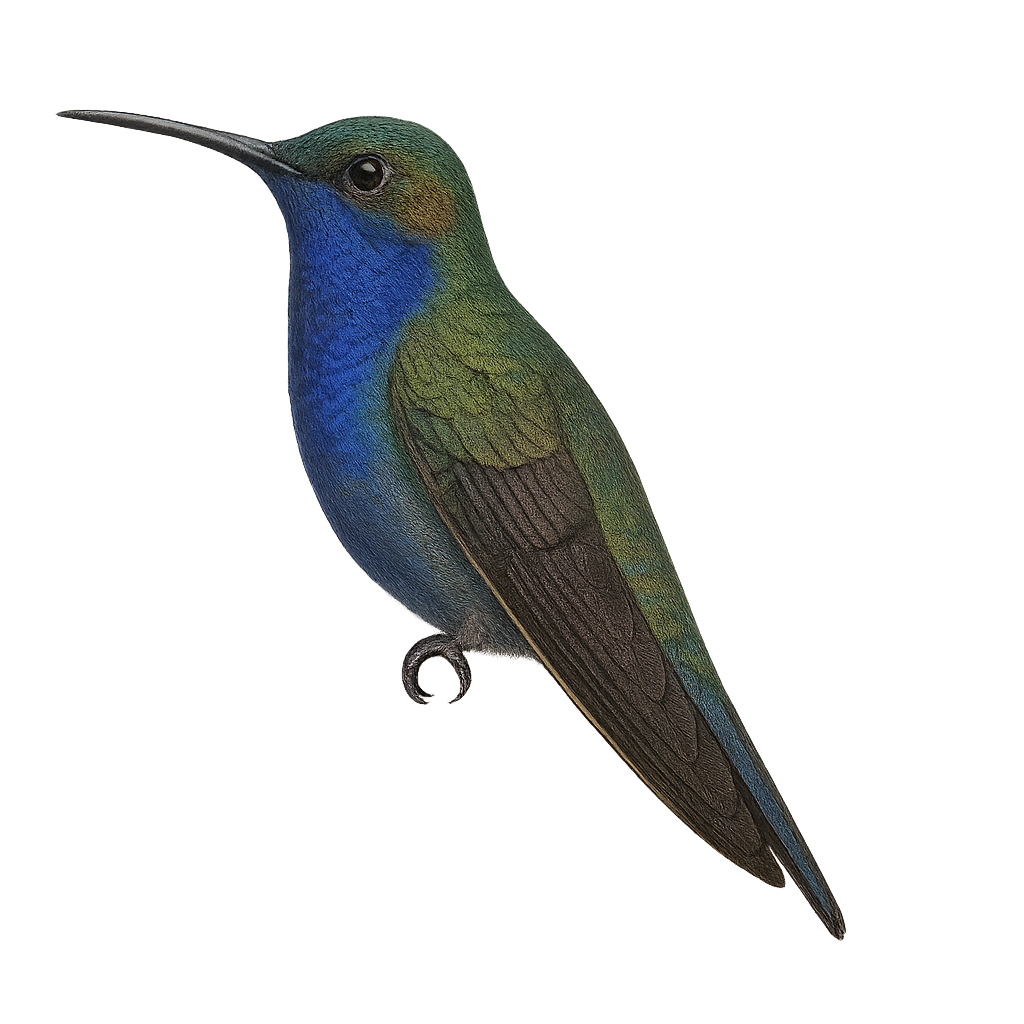Your wildlife photography guide.
Explore the bouguer's hummingbird in detail, study its behavior, prepare your shots.
Where to observe and photograph the bouguer's hummingbird in the wild
Learn where and when to spot the bouguer's hummingbird in the wild, how to identify the species based on distinctive features, and what natural environments it inhabits. The WildlifePhotographer app offers tailored photography tips that reflect the bouguer's hummingbird’s behavior, helping you capture better wildlife images. Explore the full species profile for key information including description, habitat, active periods, and approach techniques.
Bouguer's Hummingbird
Scientific name: Urochroa bougueri

IUCN Status: Least Concern
Family: TROCHILIDAE
Group: Birds
Sensitivity to human approach: Suspicious
Minimum approach distance: 5 m
Courtship display: March to April
Incubation: 15-17 jours
Hatchings: March to May
Habitat:
Humid forests, wooded areas, Andes
Activity period :
Primarily active during the day, with peak activity in the morning and late afternoon.
Identification and description:
The Bouguer's Hummingbird, or Urochroa bougueri, is a fascinating bird belonging to the Trochilidae family. This hummingbird is distinguished by its dazzling plumage, blending shades of emerald green and metallic blue, with a contrasting white throat. It is primarily observed in the humid forests and wooded areas of the Andes, at altitudes ranging from 1200 to 2400 meters. This hummingbird is an important pollinator, feeding mainly on nectar, but it also consumes small insects to supplement its diet. Despite its small size, it is known for its territorial behavior, vigorously defending its food sources. Its breeding period generally extends from January to May, with egg incubation lasting about 16 to 19 days.
Recommended lens:
400 mm – adjust based on distance, desired framing (portrait or habitat), and approach conditions.
Photography tips:
To photograph the Bouguer's Hummingbird, choose sunny mornings when natural light highlights the vibrant colors of its plumage. Use a 400mm lens or longer to capture precise details from a distance without disturbing the bird. Be patient and wait for it to perch on a flower to feed, which will provide an excellent opportunity to capture its natural behavior. Make sure to set your camera to a fast shutter speed to freeze the rapid movement of its wings.
The WildlifePhotographer App is coming soon!
Be the first to explore the best nature spots, track rutting seasons, log your observations, and observe more wildlife.
Already 1 430 wildlife lovers subscribed worldwide

